Where and when is it best to drill a well - choosing the right place and time of year
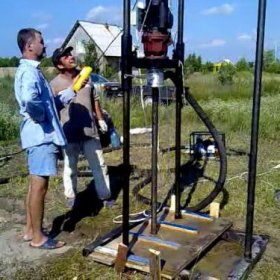
Autonomous water supply is not a luxury, but an urgent need for many owners of cottages and country houses. In order to properly equip the system, it is important to choose the time when it is better to drill a well, determine the location and decide many more organizational issues. All this is quite simple, you just have to weigh all the pros and cons.
How to choose the right time for drilling?
It is traditionally believed that all construction, as well as drilling, should be carried out in the warm season. Indeed, in winter the soil freezes, which theoretically complicates all the manipulations. However, modern technology allows you to work on drilling wells at low temperatures.
Actually, there are practically no restrictions on the time of year. On the contrary, each season has its advantages and disadvantages. If there is no particular rush, the owner of the site should choose the best, most “profitable” time of the year for himself:
Spring
Despite the fact that this is the traditional time to start all kinds of works, including construction, at the sites, this season is not the best time to drill wells. Spring flood seriously increases the level of groundwater, so it is extremely difficult to determine the level of occurrence of the main aquifer. In addition, heavy equipment can easily damage weakened dirt roads and soil on the site.
Summer
The argument for drilling a well this season is the natural drainage of the soil, which facilitates the search for an aquifer. Comfortable air and soil temperatures are conducive to exploration. Most owners of the sites seek to equip the wells at this time, so there are queues for drilling. In addition, due to the influx of customers, the specialists performing the work are usually in a hurry, which can lead to a lower quality result. When arranging the work site and the entrance to the object, plants on the plot can be damaged.
Fall
The first autumn months are also favorable for drilling. After the summer heat, the soil is drained, there are no problems with the determination of the aquifer. Comfortable temperatures do not impede well drilling in the area. Experts consider this season, since the end of summer, the best for equipping wells with a depth of up to 25 m. In colder times, they usually make a “blank” for winter work, performing partial drilling to the level of soil freezing. Thus, further work can be carried out even in the cold season without the slightest difficulty.
Winter
Despite the prevailing opinion that it is impossible to conduct prospecting work in winter, a fairly large number of wells are being equipped this season. This is due to the fact that precipitation in winter does not affect the groundwater level.Frozen soil at the site and at the entrance to it is not destroyed by heavy machinery.
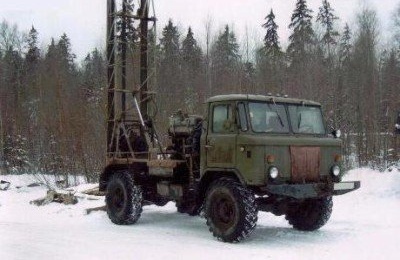
Many people transfer well drilling in the winter, when a quality result can be obtained with lower financial costs.
Clay mud used in drilling will be easily washed away by spring flood, leaving a clean area. The decisive factor for many is the seasonal drop in work prices. Professionals believe that in winter you can drill wells of any depth with high quality, but it is better to perform initial work in the fall, before the soil freezes.
Where is better to equip a well?
Many comfort lovers are sure that the basement of their house is the ideal place for the well. This is a very controversial decision. Difficulties begin with drilling, which, in principle, is possible only at the first stage of construction, with a maximum foundation. Further system maintenance, and especially repairs under such conditions, will be extremely difficult, if not impossible.
Since some operations can only be carried out with the participation of heavy equipment, it is not possible to drive it into the basement of the house. The only valid option in such conditions is a shallow well equipped with a self-priming pump located on the surface. The benefit of such a decision is the lack of the need to pull the pipeline from the well to the house. But this advantage is easily covered by many serious disadvantages.

Of course, the best place for a well is not far from home. But you need to take into account the map of aquifers - how deep will you have to drill?
When considering where to drill a well on a site, several important aspects need to be considered:
- To facilitate the supply of water, saving on the arrangement of the pipeline, you need to position the well as close as possible to the house. However, this distance cannot be less than 3 m.
- The drilling site should be removed from potential sources of pollution, such as a cesspool, landfill, and manure heaps by at least 50-100 m.
The well cannot be equipped at the lowest point of the site, otherwise in the flood and during heavy rainfall access to the caisson or concrete well will be seriously difficult. In addition, the steel caisson is tight, and the concrete well is almost impossible to make impervious to moisture, which can lead to contamination of the well with surface water. Another nuance: the slope at the drilling point should be less than 35 °.
- To the area where the well will be located, it is necessary to ensure free passage for the drilling rig. Its dimensions should not be less than 3 m in width. The installation site is usually chosen at least 4x9 m. Do not forget about the height of the equipment: the drill mast is rarely lower than 10 m. You need to carefully examine all nearby trees, electrical wires, etc., to provide the mechanism with unhindered passage and a place for work. In addition, it should be noted that for the extension of the drill string will require about six meters of free space in the aft part of the installation.
- On a well-maintained site, it is worth considering all the ways of entry and placement of heavy equipment in order to minimize all kinds of landscape disturbances. It is worth trying to provide the largest possible area for placement, since in addition to the rig itself, you may need to place a water carrier with drilling mud or a kung for workers.
All issues related to when and where it is better to drill a well are solved quite easily. It is only necessary with special attention to consider all possible options, to take into account the advantages and disadvantages of each solution. A well-equipped well will become the basis for autonomous water supply, which allows you to enjoy the benefits of civilization in any place, even the most remote from major megacities.
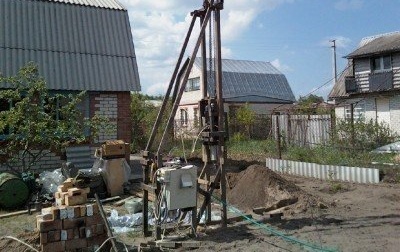
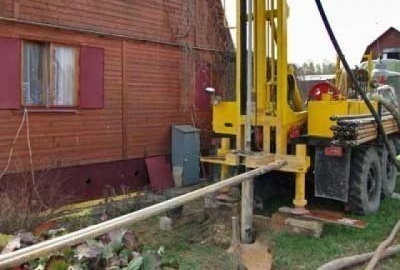
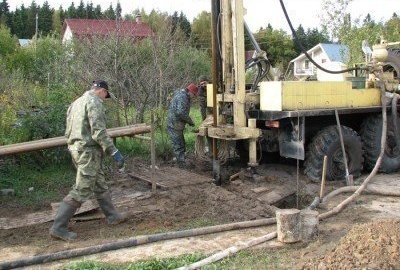

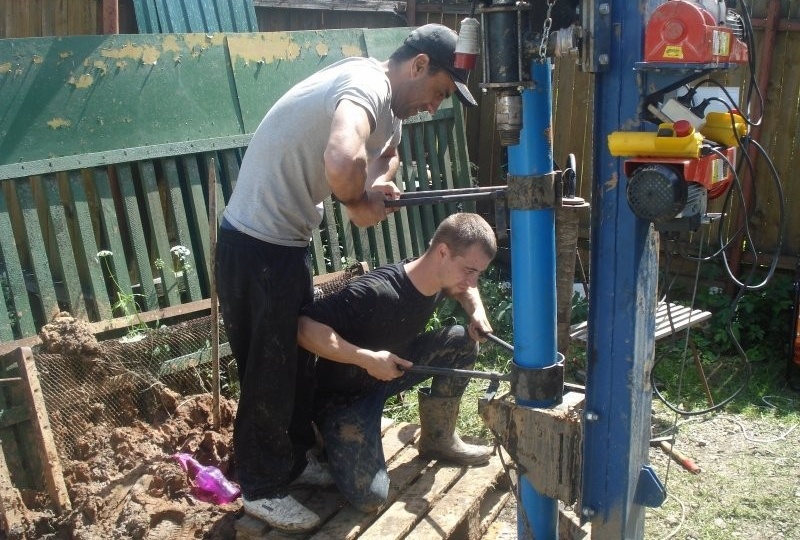
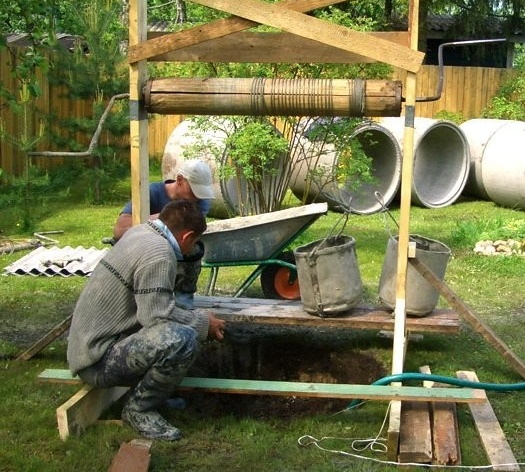
2 comments